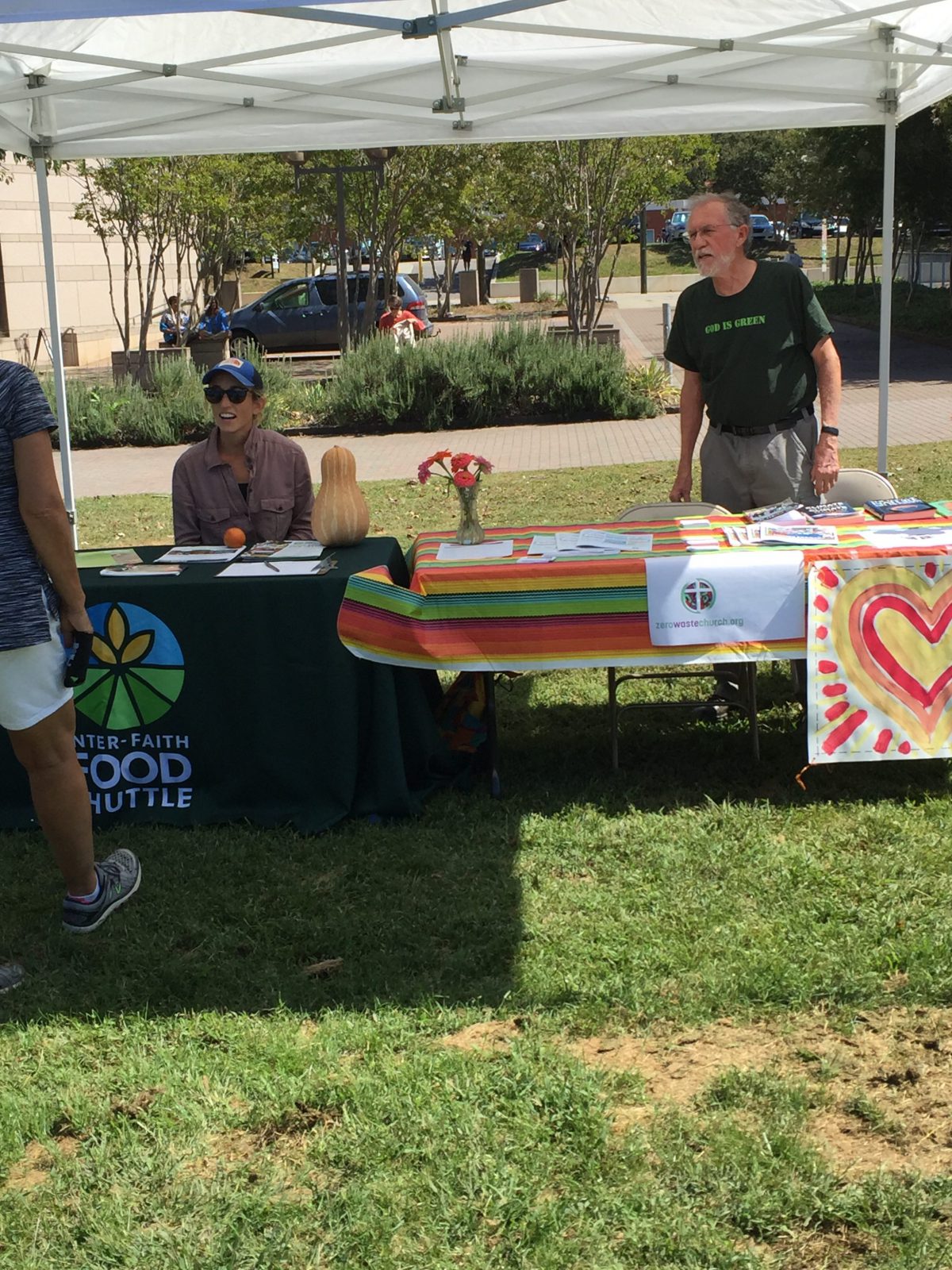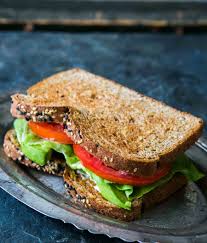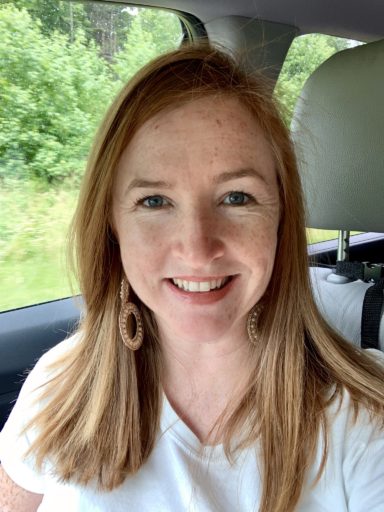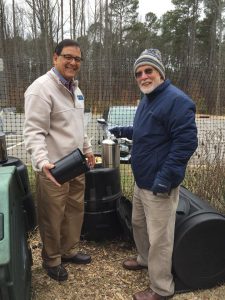One of the most poignant moments in Rachel Held Evan’s book, Searching for Sunday, comes after she and her husband meet with the pastor of their church and explain that because of theological differences, they would not be attending any longer. They return to their car and she bursts into tears with “I know this is the right decision, but now who is going to bring us a casserole when we have our first baby?”
As God’s creation, I believe humans were made for relationship. We were created for connection, and we are not meant to be without community. A church can provide that community; however, those relationships and connections occur in somewhat contradictory ways.
For one, church is a place where you can be yourself, and so can everyone else. That freedom means you might kneel down in prayer next to someone who votes for a different political party from you. That opportunity to be ourselves means that you will sit next to someone who is a different generation, or a different economic class from you, a different racial identity from you. And it is right for you both to be there.
At the same time, church community asks us to change as we live into being God’s children. Our baptismal covenant asks us to promise to worship with others, to repent when we fall into sin, and to love and serve others with dignity. Sometimes, we might need to change our behaviors to live into those promises.
And finally, church is the place where you can fall apart. We are called into community to be faithful, not successful. Which means that everyone else is allowed the space to fall apart, not have it all together, and to fail as well. A connected community is one in which we allow ourselves to be vulnerable when things go wrong, to accept the casserole when offered and not just be the one to provide the casserole.
It takes a whole lot of prayer, a healthy dose of the Holy Spirit, and the enduing and ever-present love of Jesus to create such a complicated, contradictory, connected community. It takes our hearts and our souls, as well as our resources – time and financial – to create such a community. Most of all it takes grace. Community means accepting the grace of God and extending grace to one another.
On Sunday, we will celebrate the commitment to our community in blessing the 2020 financial pledges. If you haven’t pledged yet, I hope you will bring your pledge card with you on Sunday to be blessed or make your pledge here today.







